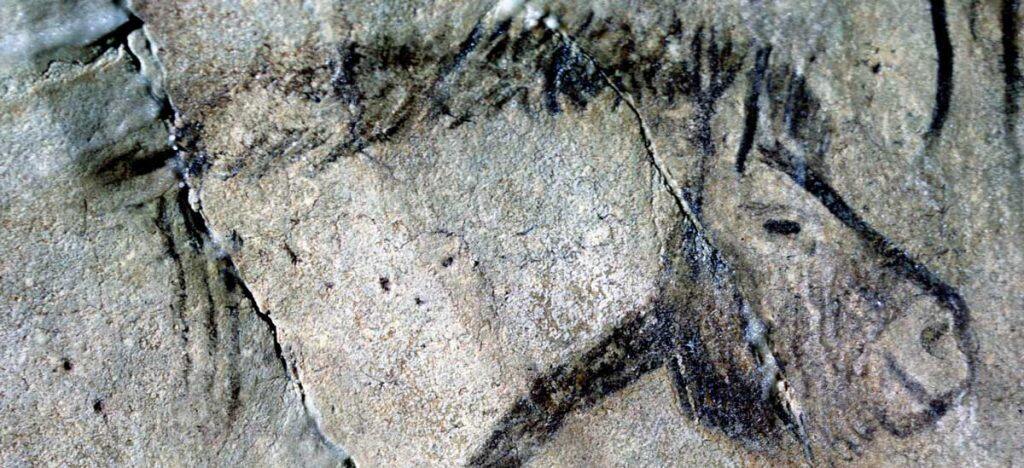

A research team including two Durham University academics have decoded the meaning of markings seen in Ice Age drawings, and in doing so found evidence of early writing dating back at least 14,000 years earlier than previously thought.
Sophisticated information sharing
The study reveals that Ice Age hunter-gatherers were using markings such as lines and dots, combined with drawings of their animal prey to record and share sophisticated information about the behaviour of these animals, at least 20,000 years ago.
Until now archaeologists have known that these sequences of lines, dots and other marks – found on cave walls and portable objects from the last Ice Age were storing some kind of information but did not know their specific meaning.
By using the birth cycles of equivalent animals today as a reference point, the team was able to work out that the number of marks associated with Ice Age animals were a record, by lunar month, of when they were mating.
The team were also able to ascertain that a ‘Y’ sign in the markings – formed by adding a diverging line to another – stood for ‘giving birth’.
Their work demonstrates that these sequences record mating and birthing seasons and found a statistically significant correlation between the numbers of marks, the position of the ‘Y’ sign and the months in which modern animals’ mate and give birth respectively.
Early writing
As the marks, found in over 600 Ice Age images on cave walls and portable objects across Europe, record information numerically and reference a calendar rather than recording speech, they cannot be called ‘writing’ in the sense of the pictographic and cuneiform, or wedge-shaped, systems of early writing that emerged in Sumer from 3,400 BC onwards.
Instead, the team refers to them as a proto-writing system, pre-dating other token-based systems that are thought to have emerged during the Near Eastern Neolithic by at least 10,000 years.
Visual palaeopsychology
The study, published in the Cambridge Archaeological Journal, was led by an independent researcher, Ben Bacon, and involved a small team including Durham Professors Paul Pettitt (Department of Archaeology) and Robert Kentridge (Department of Psychology).
Professors Pettitt and Kentridge have worked together developing the field of visual palaeopsychology, the scientific investigation of the psychology that underpins the earliest development of human visual culture, and drew on their collaborative skills to analyse the team’s data.
The study not only decodes information first recorded thousands of years ago but also shows that Ice Age hunter-gatherers were the first to use a systematic calendar and marks to record information about major ecological events within that calendar.
Having demonstrated that they can crack the meaning of at least some of these symbols, the team is hoping to continue their work and attempt to understand more of the symbols, their cognitive bases and what information Ice Age hunter-gatherers valued.
Find out more
- Read more about the work of Professor Paul Pettitt and Professor Robert Kentridge
- Read the full research paper
Image credit
Horse drawn onto the wall of Niaux Cave (Ariège, France) around 15,000 years ago. Credit – Neanderthal Museum, Mettmann
Archaeology at Durham University
Our Department of Archaeology is a leading centre for the study of archaeology and is ranked 8th in the world (QS World University Rankings by subject 2022). We are an inclusive, vibrant and international community. Our students develop knowledge and gain essential and transferable skills through research-led teaching and lab-based training.
Feeling inspired? Visit our Archaeology webpages to learn more about our postgraduate and undergraduate programmes.
Psychology at Durham University
Our Department of Psychology prides itself on being a collegiate and welcoming department, committed to success for all who work here. Through dedicated teaching sessions, an optional placement module, external speakers and even an employability retreat – we actively prepare students for working life. We are proud to ranked in the Top 10 Psychology departments in the UK by The Complete University Guide 2022.
Feeling inspired? Visit our Psychology webpages to learn more about our postgraduate and undergraduate programmes.







































